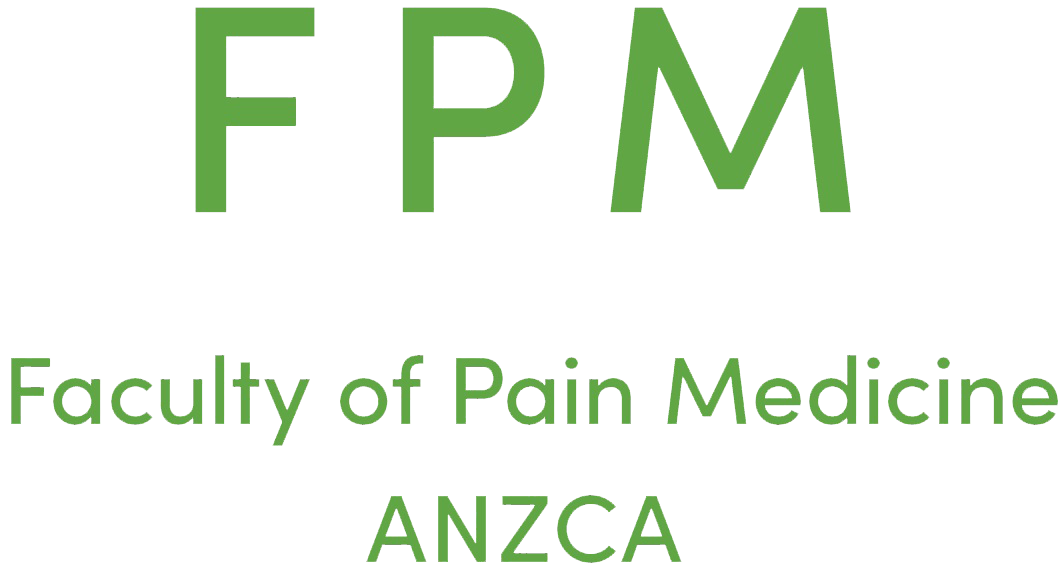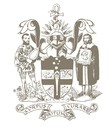Content authors
Associate Professor Michael Vagg, MBBS(Hons), FAFRM(RACP), FFPMANZCA
Specialist Physician in Pain and Rehabilitation Medicine.
Director, Pain Matrix.
Visiting Medical Specialist, Epworth Hospital, Geelong, Vic.
Clinical Senior Lecturer, Deakin University School of Medicine, Vic.
Board Member, Faculty of Pain Medicine, ANZCA.
Professor Geoff Littlejohn MBBS (Hons), MD, MPH, FRACP, FAFRM
Clinical Professor of Medicine, Monash University.
Emeritus Director of Monash Health Rheumatology, Melbourne, Vic.
Lester Jones, MScMed (PM), APAM
National Pain Network, Australian Physiotherapy Association.
Judith Lumley Centre, La Trobe University.
Victoria Pain Specialists.
Barbara Walker Centre for Pain Management, St Vincent's Hospital Melbourne, Vic.
Contributing experts
Dr Milana Votrubec MB BS MA MM ME USyd FRACGP FFPMANZCA
General Practitioner and Pain Management Consultant, Sydney, NSW. Victoria Pain Specialists.
Senior Clinical Tutor, Universities of Sydney and Notre Dame, NSW. Victoria Pain Specialists.
GP Editor of the publication Pain Management Today.
Dr Aston Wan MBBCh, MA, GDMM, MClEpid, MPainMed, MHeadacheMed, PCertMedEd, AFRACMA, FFPMANZCA
Director and Specialist Pain Physician.
Senior Lecturer, University of Queensland.
Persistent Pain Service, Division of Rehabilitation.
Princess Alexandra Hospital, Qld.
Jacqueline Hunt BNurs, MScMed (Pain Mgt)
Clinical Nurse Consultant, Barwon Health Pain Management Unit.
University Hospital Geelong, Vic.
Member of The Australian Pain Society.
Medical writer
Karyn Weitzner, PhD
Learning objectives
On completing this activity, participants should be able to:
- Explain how different components of the muscle-tendon unit can contribute to nociception.
- Describe the pathophysiology and clinical presentation some common types of musculotendinous pain.
- Explain potential mechanisms of pain in lumbar and cervical conditions.
- Describe the clinical presentation of some common types of painful spinal conditions.
- Understand how some non-musculoskeletal pain conditions can masquerade as musculoskeletal pain.

Capturing less understood causes of chronic musculoskeletal conditions, learn how to better manage pain associated with trauma, postural strain, repetition and age-related changes to the integrity of structures. Includes common types of non-rheumatological causes of musculoskeletal pain, with their pathological mechanisms and diagnosis.




